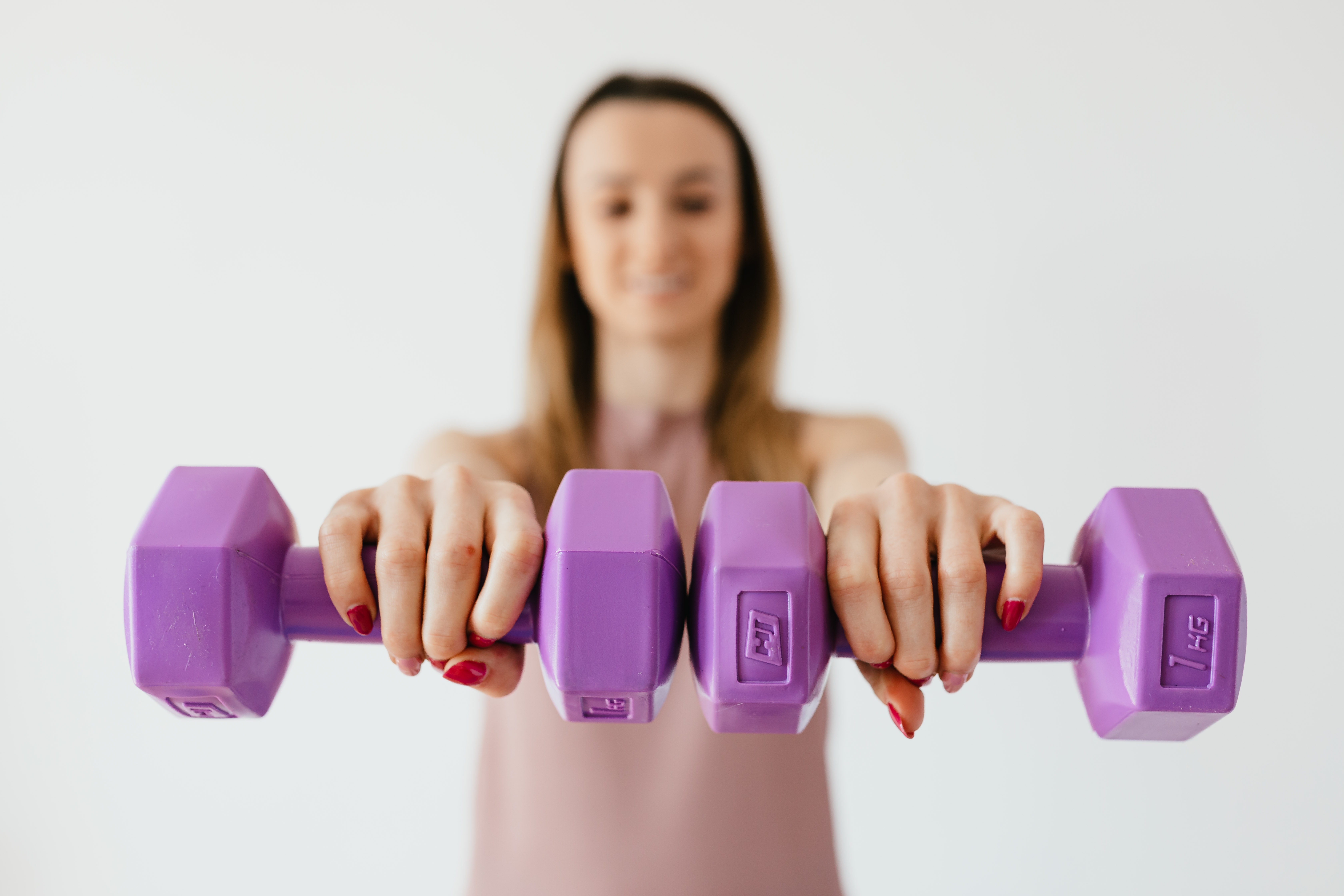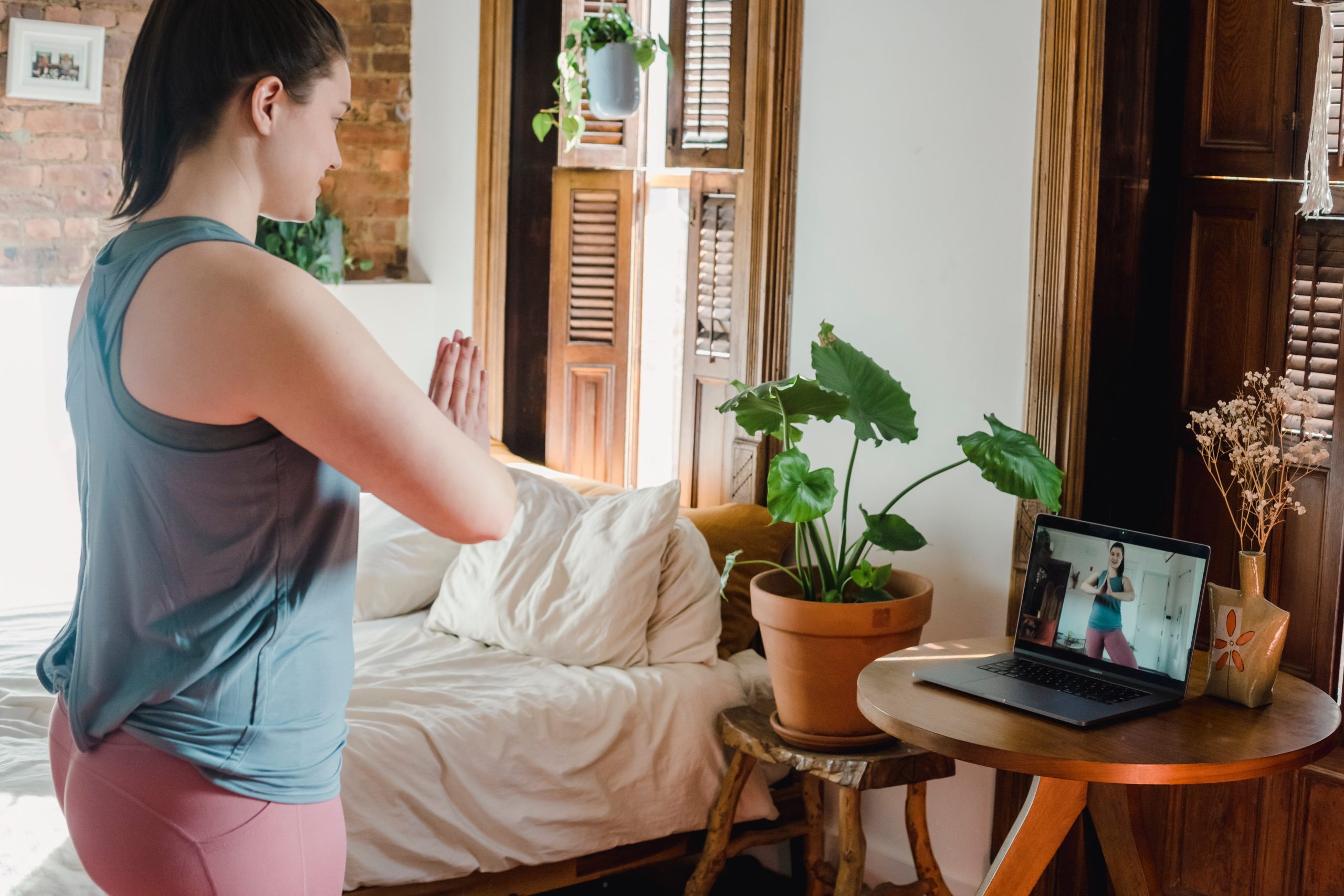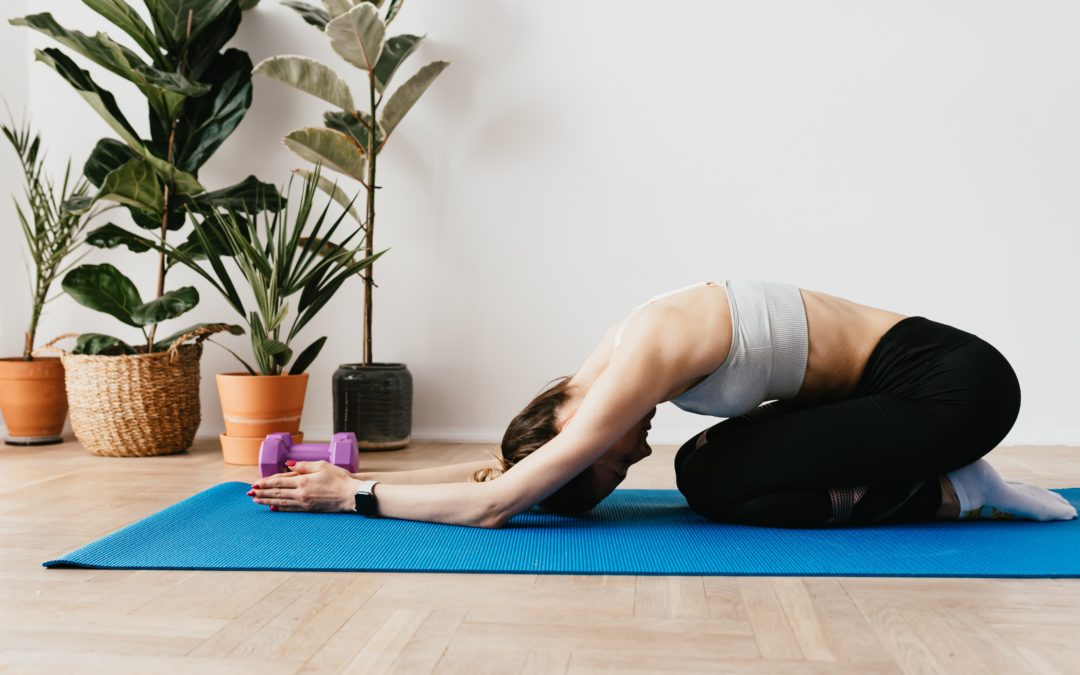
We can’t travel like we used to, we’re encouraged to step out of the home only for essential trips, and with the gyms closed or partially open, we’re suddenly locked down in our homes, and thrust into a sedentary lifestyle.
Yet, despite the current situation, it’s never been more important to take care of our health through proper diet and exercise than now.
The doctors’ advice—keep moving! Exercising is not only good for our mental health. Science shows exercise is essential for a strong immune system. Here’s how consistent physical activity can help boost our immunity against unwanted viruses.

Most importantly, exercise has been shown to be an effective tool in strengthening our immune systems, warding off viruses. Of course, besides eating right and exercising, continue to follow health protocols to keep COVID-19 away.
When you exercise, the muscles contract to help circulate blood throughout the body. The heart beats faster, and the blood circulation increases. As the blood circulates, so does the immune cells, making them roam the body at a higher rate and at higher numbers.
How does that help with immunity? Exercise stimulates the immune cells to be more active. Roaming around, the specialized immune cells—such as natural killer cells and T cells—find pathogens and viruses to sweep away (like a housekeeper) and get rid of. That’s how powerful exercise is.
In fact, in a 2019 scientific review in the Journal of Sport and Health Science, they conducted a study among people who did less-than-an-hour, moderate to vigorous exercise.
The participants who took a 45-minute brisk walk experienced an uptick of immune cells floating around the body for up to three hours after the walk.

Try starting and maintaining a steady sweat session routine to build a stronger immunity.
Studies show that people who engage in vigorous to moderate exercise maintain a reduced risk of respiratory diseases, including the common colds.
Specifically, in a 2011 British Journal of Sports Medicine study, they found that those who did aerobic exercise five or more days a week lowered the number of respiratory tract infections by more than 40% over a 12-week period. Exercise does not only increase our endurance, but also our resistance to diseases as well.
Exercise is said to help reduce inflammation in the body. In a 2004 study in the Journal of the American Geriatrics Society, levels of inflammatory markers decreased for those who exercised more often and have higher fitness levels.
When your body is inflamed, immune cells are put in a chronically inflamed state too, making it hard to fight infection. Doctors advise – kick up the activity level to cut down on inflammation.

A word of warning though, experts advice too much of a good thing can go bad. Hence, do not overdo it. Specifically, unless you’re a professional athlete, do not exercise for 90 or more than 90 minutes. Doctors explain that when you exercise, you subject your body to stress. “And so your immune system reflects that and leads to dysfunction that can last anywhere from a few hours to a few days,” says Dr. Sean Heffron, MD, of NYU Langone School of Medicine.
Instead, exercise moderately or vigorously 30 mins a day, five times a week. You can also opt to use an odometer, instead of using the time as baseline, at about 10,000 steps per day. The bottom line is—just get moving!
Here are some ways you can keep moving right in the comfort of your own homes:

The past five years, we’ve seen how the workout videos on YouTube have remarkably improved in terms of visual appeal, style, and of course, the quality of the music.
All you have to do is to spare 20- 30 minutes of your time, and find an appealing workout for you. Try checking out the fitness channels of Heather Robertson or Chloe Ting. Their exercises are easy-to-follow and non-intimidating, and are short and sweet, yet effective.

Choose something that’s suited to your fitness level, and invite friends to come along! Having a teacher in front of you, as well as being surrounded by other students, is almost as good as the real face-to-face, physical class. Just make sure to set up your laptop ahead of time, and angle it well, so you’ll be comfortable being on-camera.
Tags



0 Comments